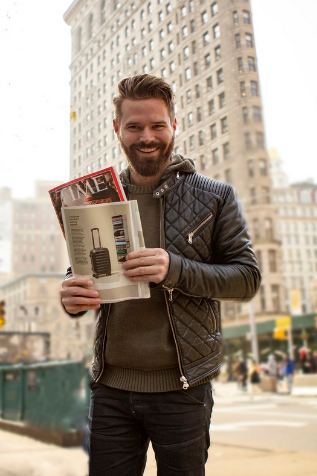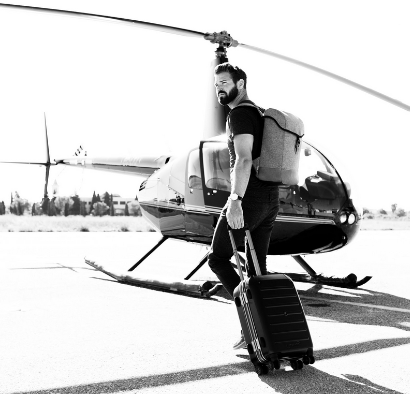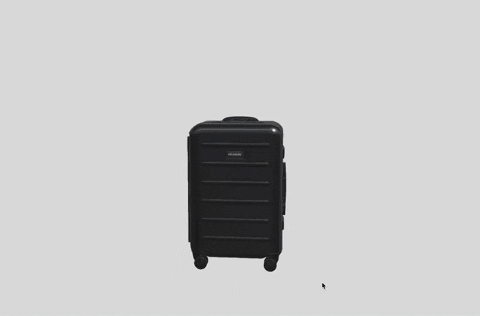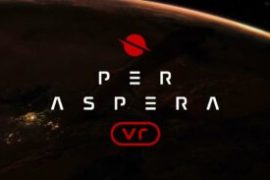Designing a new customer experience using immersive technology.
Solgaard is a sustainable design company that creates premium lifestyle gear for individuals on the go. Their product line began with a backpack but took off with the carry-on closet; a suitcase with a built-in shelving unit that in 2018 was named one of Time Magazine’s 50 Best Inventions.
Founder and CEO Adrian Solgaard had the idea for the carry-on closet bouncing around in his head for a while but hadn’t put pen to paper. It wasn’t until the Shape Immersive team invited him to play around with a VR design tool that he finally brought his sketch to life.
“With VR it was a quick leap from what was in my head to reality, I could see the form and functionality of what I had been imagining in life-sized format,” says Adrian.

This was Adrian’s first VR experience and it made an impact. If designing in VR could help him visualize his ideas in real-time, imagine what this technology could do to bring customers closer to the products they’re shopping for online.
The advantage of eCommerce is scale; you can reach far more customers online than at a physical storefront. The disadvantage? Effectively communicating the look, feel and value of owning that product.
“There’s only so much you can communicate in 2D. If a photo shows the suitcase open and another photo shows it closed, that doesn’t communicate how it went from A to B,” says Adrian.

That’s where spatial computing can help. Shape Immersive stepped in to develop a 3D eCommerce strategy that would bring customers as close to Solgaard’s products as possible without physically holding them in their hands.
Shape Immersive leveraged augmented reality (AR) to bring the carry-on close to life online. With the click of a button, shoppers can view a detailed 3D rendering of the suitcase. They can view it from all angles, get a feel for its size and understand how it functions.
Using AR, Solgaard can communicate the detail and craftsmanship of their products as well as the spatial experience of owning a carry-on closet. This effectively removes the communication barrier eCommerce brands face and reduces friction across the retail customer journey. AR can thereby help expedite purchasing decisions and increase the conversion from a website visit to a sale.
“VR/AR can be a huge communicational advantage when you’ve got a complex product to showcase and Shape Immersive helped us capitalize on that advantage by creating 3D models that let our customers experience our products in AR,” says Adrian. “It was amazing to see our idea come to life and Shape Immersive made it an easy and exciting experience.”
And as we contemplate the realities of a low-touch future, eCommerce brands will be looking for a competitive advantage in an increasingly crowded online market. VR/AR applications can be the differentiator that brands need to stand out, encourage customer engagement and increase sales.
Image Credit: Solgaard Design
The post How VR & AR Helped Solgaard Bring Their Unique Luggage To Life appeared first on VRScout.





